There are three types of interactions, they are... (3 answers)
Competition, Predator-Prey, and Symbiosis
What are the Trophic Levels in sequential order?
Producers, Primary Consumers, Secondary Consumers, Tertiary Consumers, etc.
Why do Ecologists plan and carry out investigations?
To model or predict how changes in environmental conditions may impact individuals and ecosystems
What are the 3 aquatic ecosystems?
Freshwater, estuaries, and marine
There are 3 types of symbiotic relationships, they are....
Commensalism, Mutualism, and Parasitism
There are 4 types of consumers, they are... (4 answers) and they consume... (4 answers). 8 answers total.
Herbivores - consume only plants
Omnivores - consumes plants and meat
Carnivores - consumes only meat
Scavengers - consumes dead organisms
When planning and carrying out a scientific investigation, what are the variables needed to test an experiment?
- Independent (manipulated) variable: What you're changing in an experiment
- Dependent (responding) variable: What you're measuring in an experiment
- Constant (control) variables: What stays the same in an experiment
What are the 7 terrestrial biomes?
Tropical rainforest, savanna, temperate forest, desert, grassland, taiga, and tundra
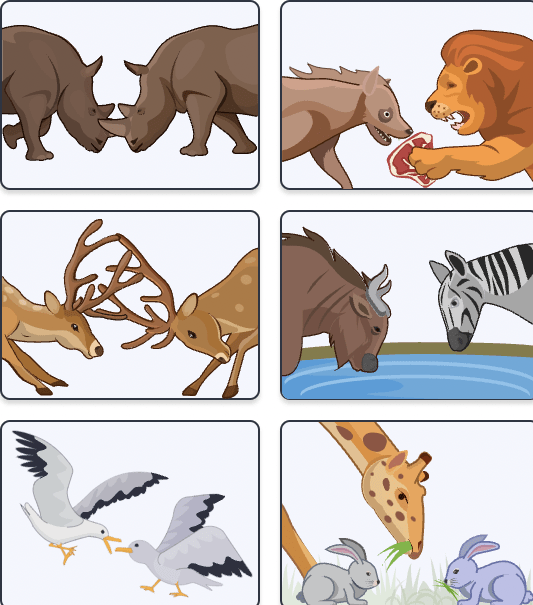 This is an example of... (give name and definition)
This is an example of... (give name and definition)
Competition, where organisms fight over limited resources.
What's the difference between a food chain and a food web?
Food chains show the flow of energy from organism to another, while Food webs show the interconnectedness (relationships) of organisms within multiple food chains.
Mrs. Rosenbaum is growing herbs and realized certain plants are growing faster than others. What investigation could she run to figure out why her plants are growing at different rates using sunlight? What would her variables be?
- Independent variable: Changing the amount of sunlight different plants are exposed to.
- Dependent variable: How tall the plants are growing in a given time.
- Constant variables: Same amount of soil, same amount of water, same air quality.
List the climate zones from north to south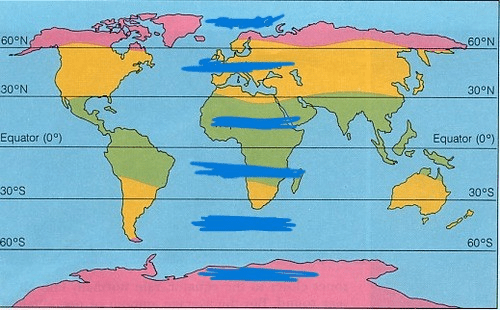
Polar, Temperate, Tropical, Temperate, Polar
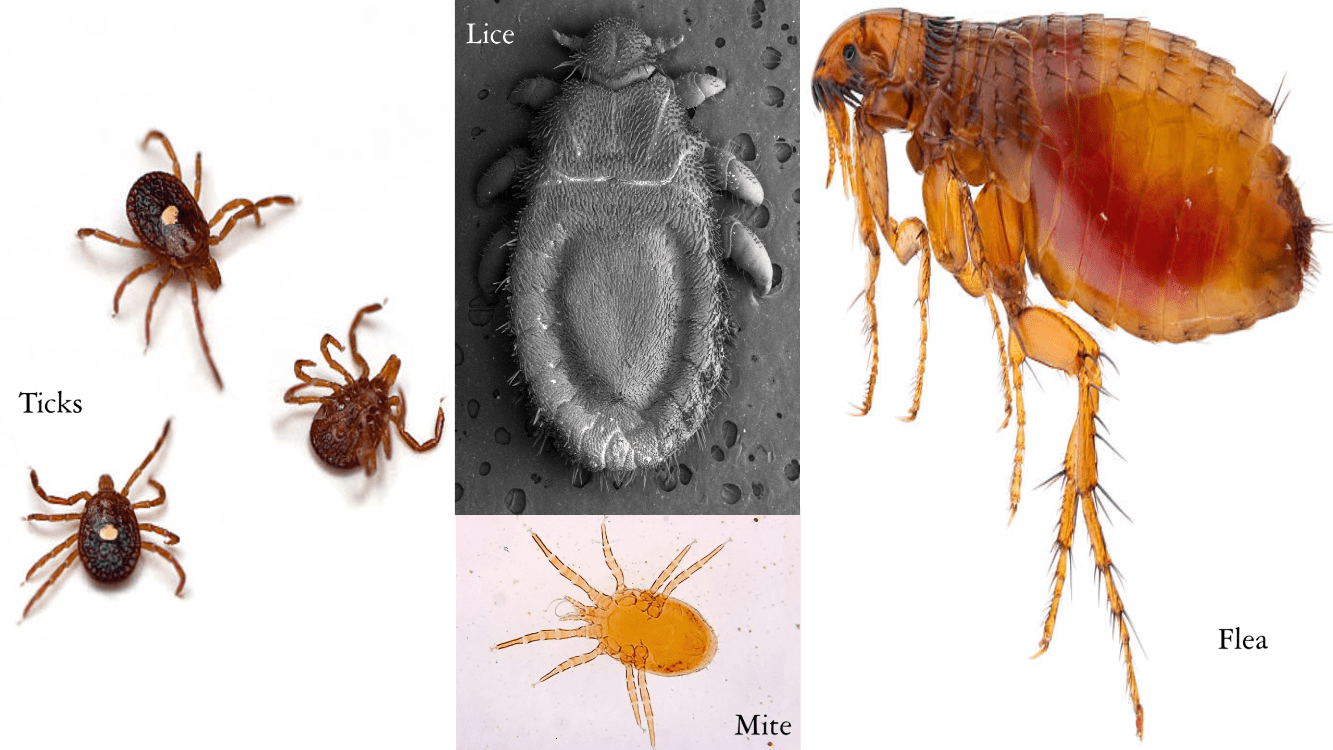 Tapeworms, Fleas, and Lice provide what kind of relationship? Give the definition
Tapeworms, Fleas, and Lice provide what kind of relationship? Give the definition
Parasitism, when one organisms benefits (the parasite) while the other is harmed (the host).
Who is missing in this food chain? 
A tertiary consumer / an omnivore / a penguin / a seagull / a carnivore
List 5 abiotic factors that can influence an environment
Potential Answers: Temperature, Water Quality and Availability, Sunlight Intensity, Soil Composition and pH, Air quality, Climate / Weather, Natural Disaster
Mangroves live in estuaries, and cacti tend to live in the desert. How do they adapt to live in their environment?
Mangroves: Live in water so they have mostly adapted to regulate the salt concentrations in the water they absorb.
Cacti: Live in deserts, so they have adapted to conserve water for as long as possible.
Compare a Savanna to a Taiga
Savanna: Found in tropical climates near the equator, warm year-round, distinct wet and dry seasons
Taiga: Subarctic climate with long, cold winters and short, cool to mild, and often wet summers. It has a large temperature range between seasons. Precipitation is moderate
_________ have developed adaptations to help them hunt, while __________ have developed adaptations to help them evade. This is called ________.
Predators / Prey / Predator-Prey Relationships or Coevolution
What would happen if there was a disease that impacted the carrots? Who would that harm the most? Explain in at least 2 sentences. 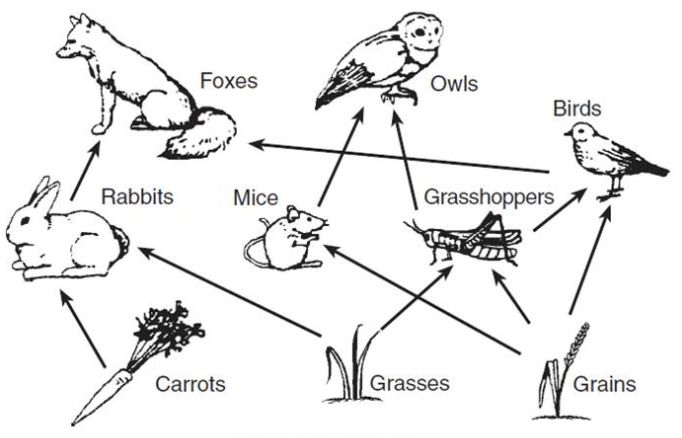
The rabbits' would be directly affected, which would lower their population, which would then lower the foxes' population.
List 5 biotic factors that can influence an ecosystem
Potential answers: Competition, Symbiosis, Disease, Predation, Invasive Species, Population Density
Compare the adaptations of the polar bear, grizzly bear, and black bear. What biomes do they live in? 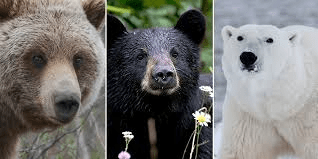
Grizzly: Lives in tundra/temperate forests biomes. Hibernates in the winter, large body for taking down big prey, and powerful sense of smell!
Black: Lives in temperate forests/tropical regions. Strong sense of smell, long claws for climbing, and sticky tongue for foraging, the smallest of the bears.
Polar: Lives in arctic biomes. Thick blubber for heat, white fur for camouflage, and large paws for traveling on ice.
How does the Water Cycle impact ecosystems? (5 potential answers, just give 2 answers). 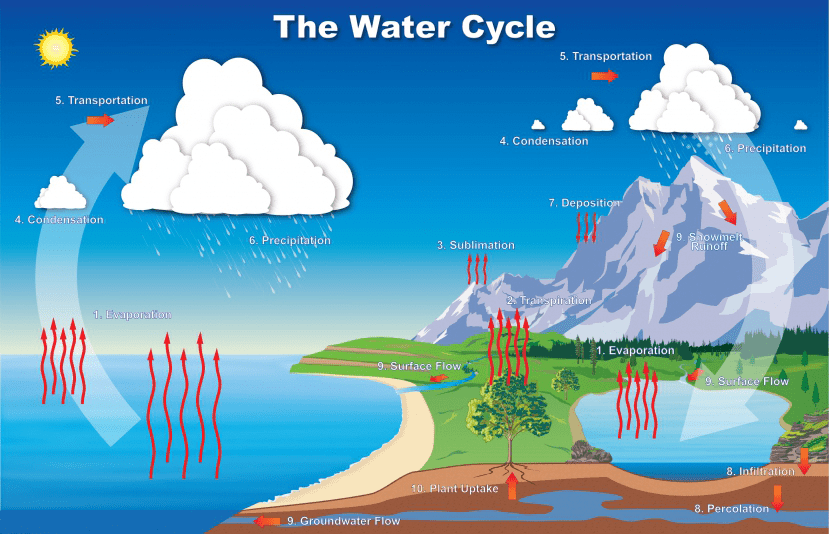
Without the water cycle, (1) water wouldn't be able to return to lakes/streams so animals lose out on water access, (2) water transports nutrients (minerals) throughout the ecosystem, (3) Water regulates climate/weather, (4) Animals live in water so it's a habitat source, and (5) Plants need water for photosynthesis.